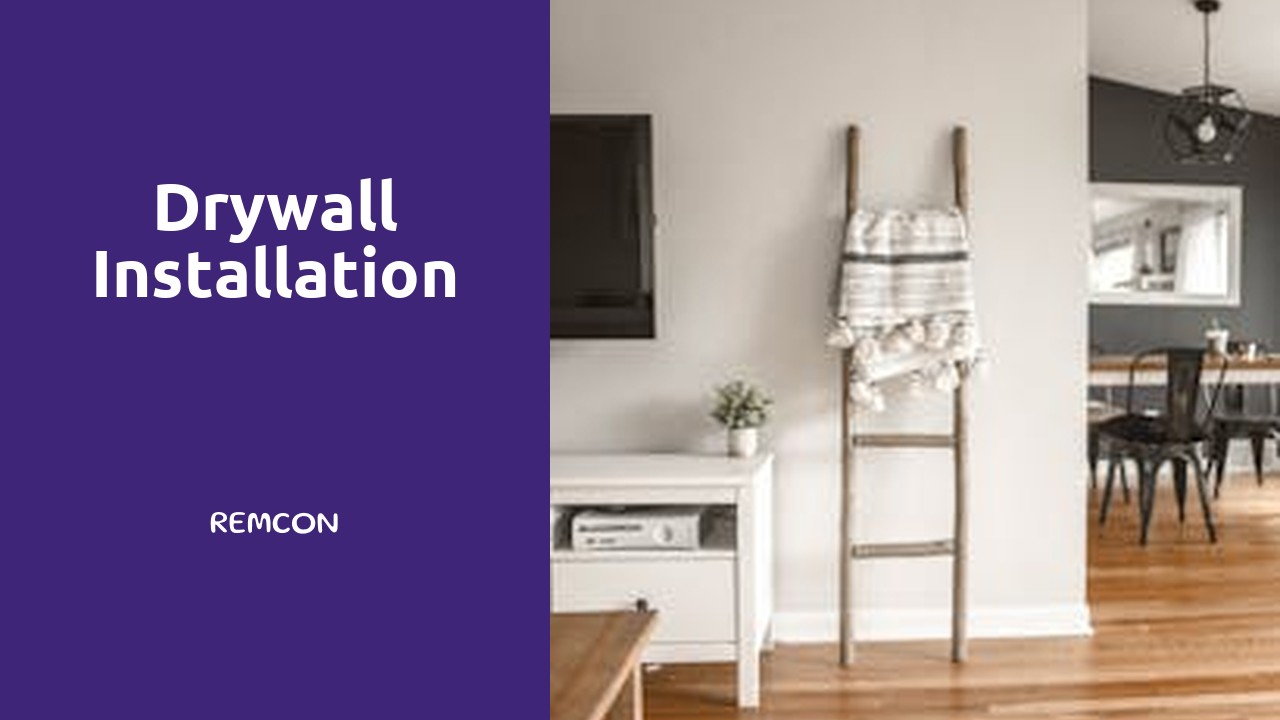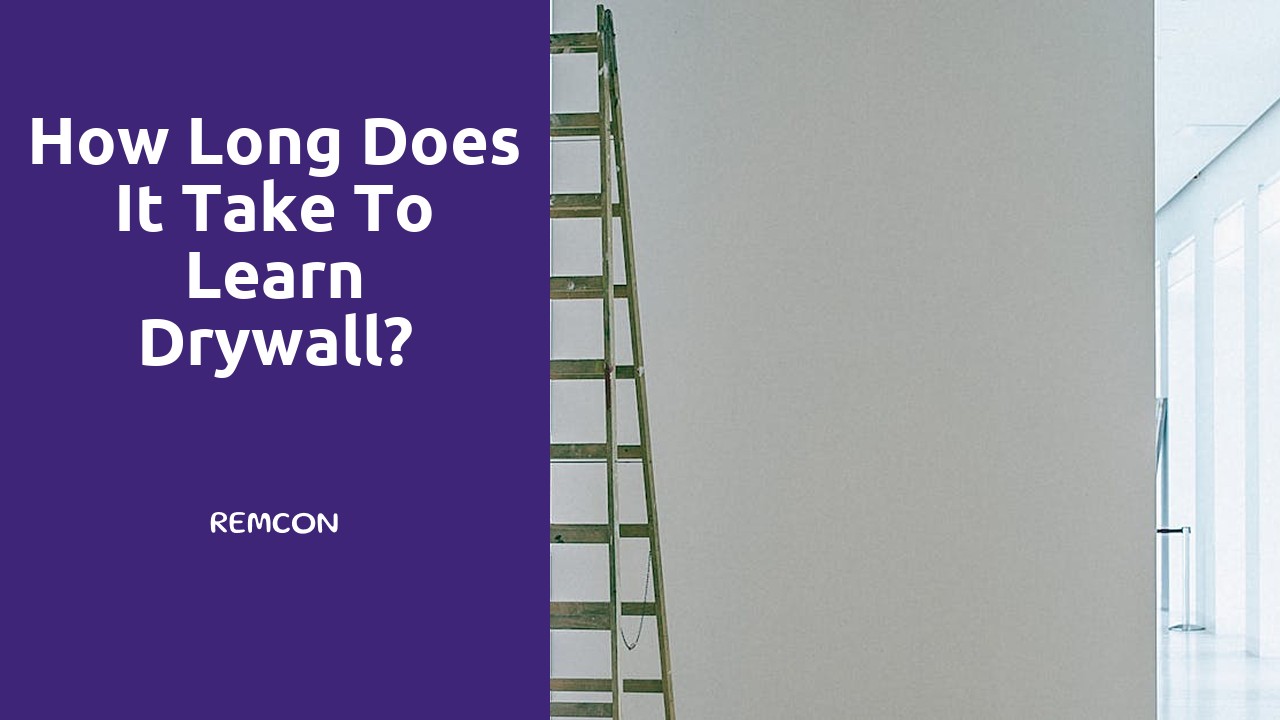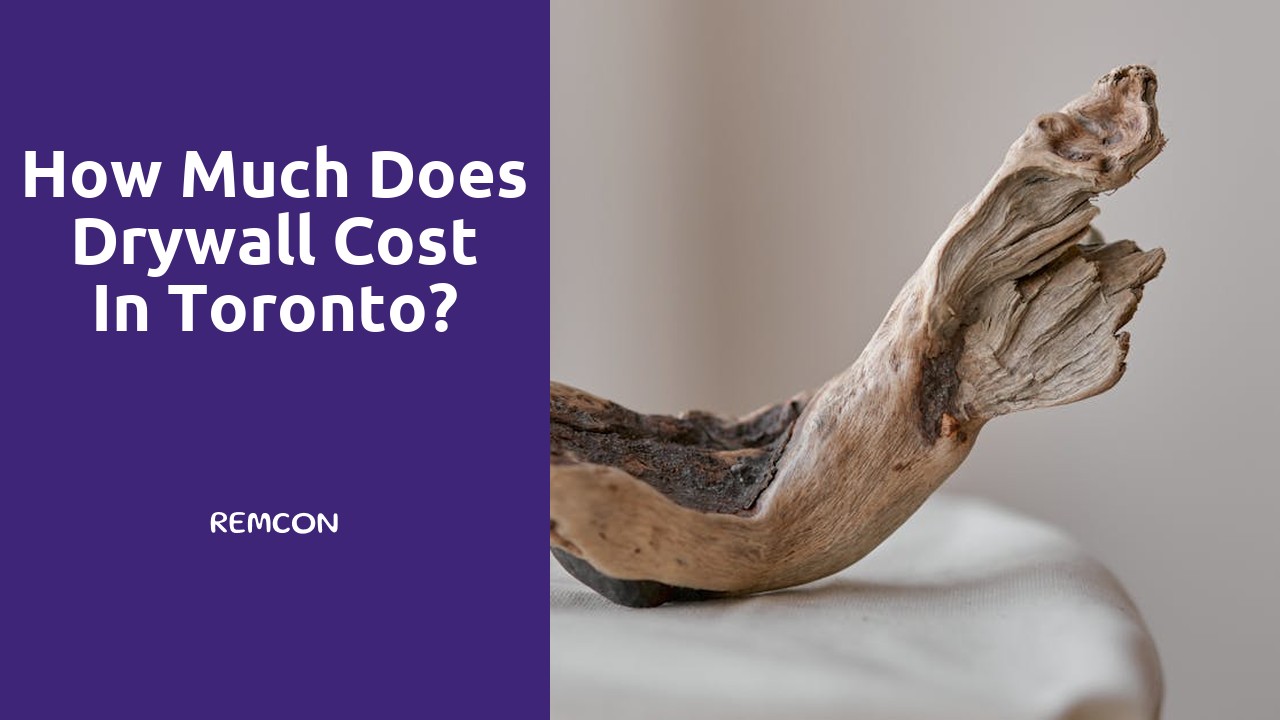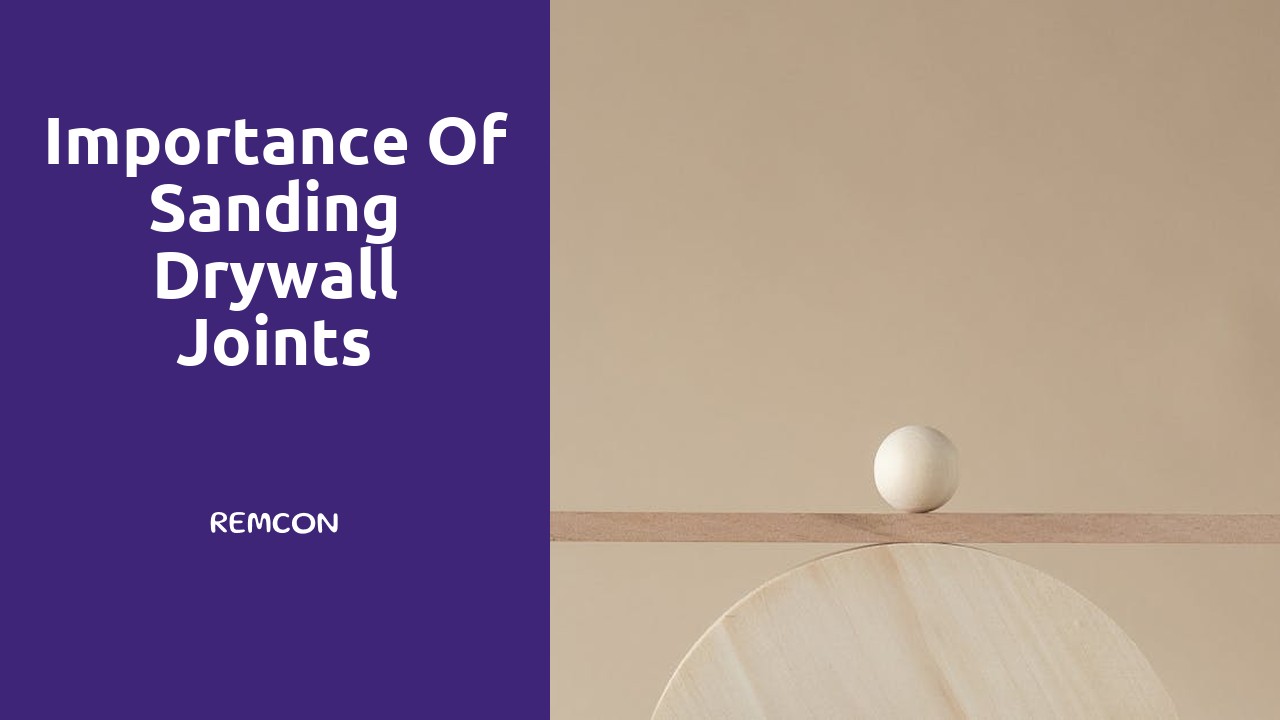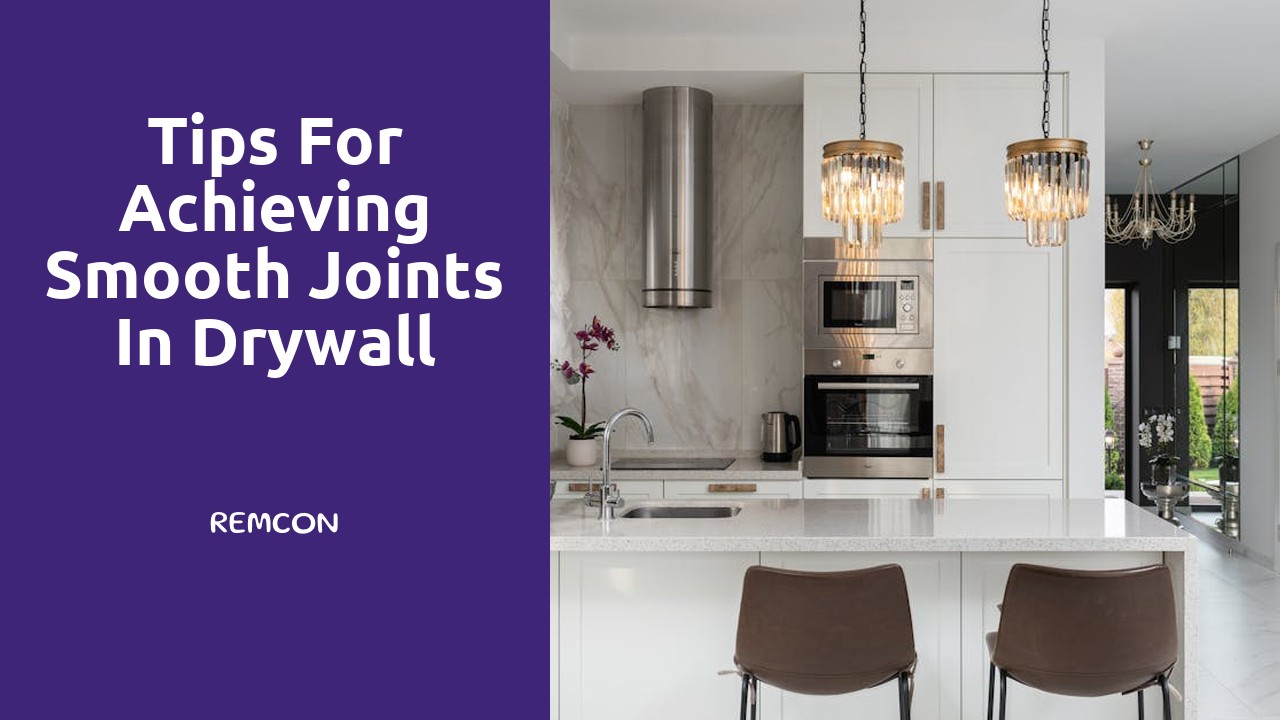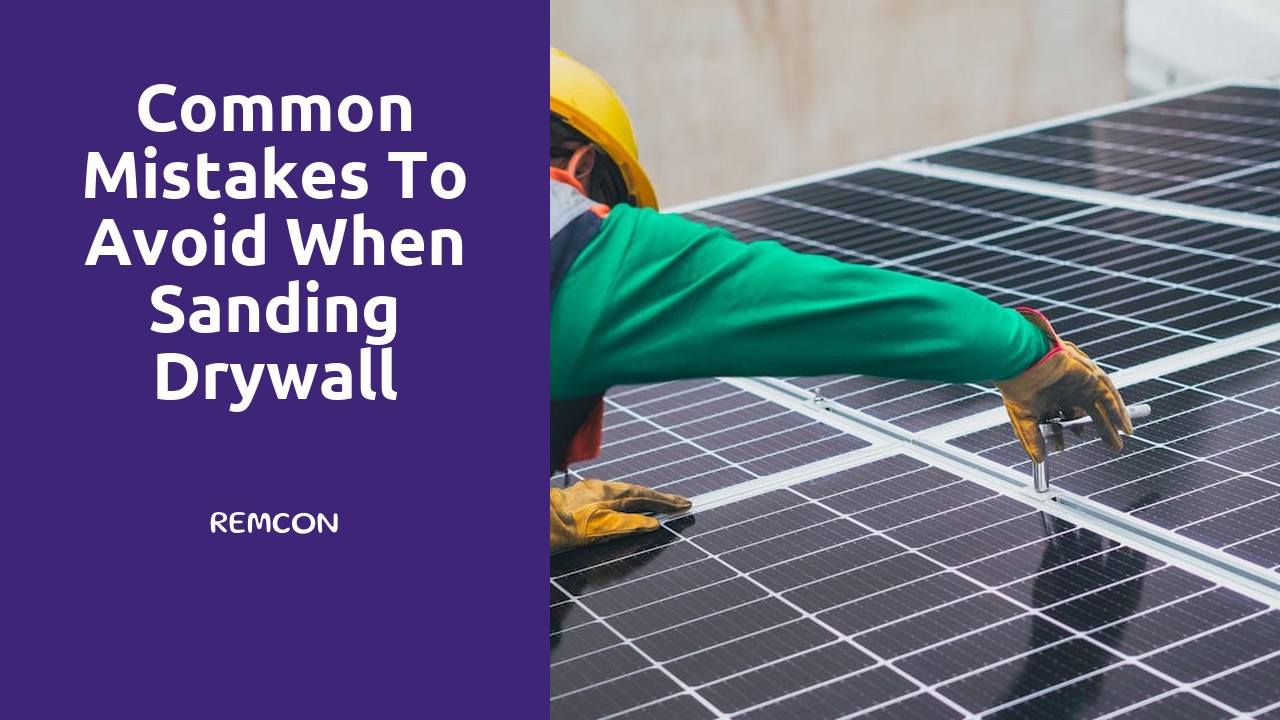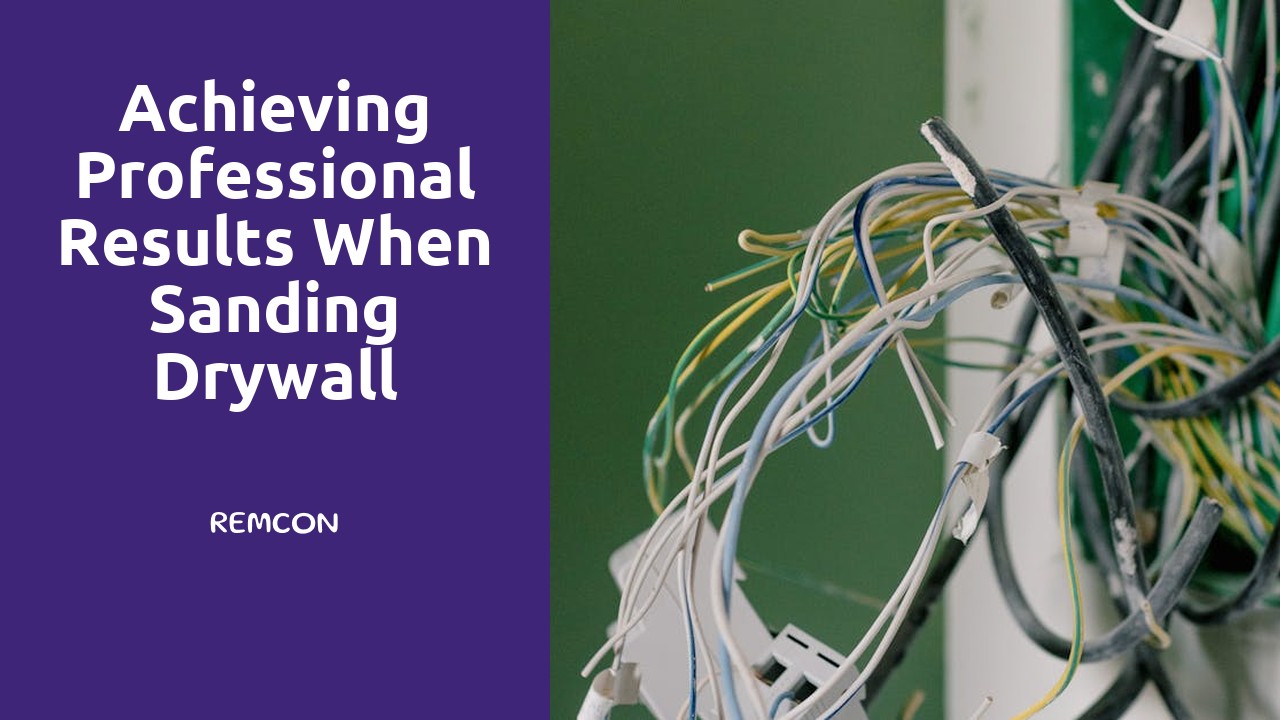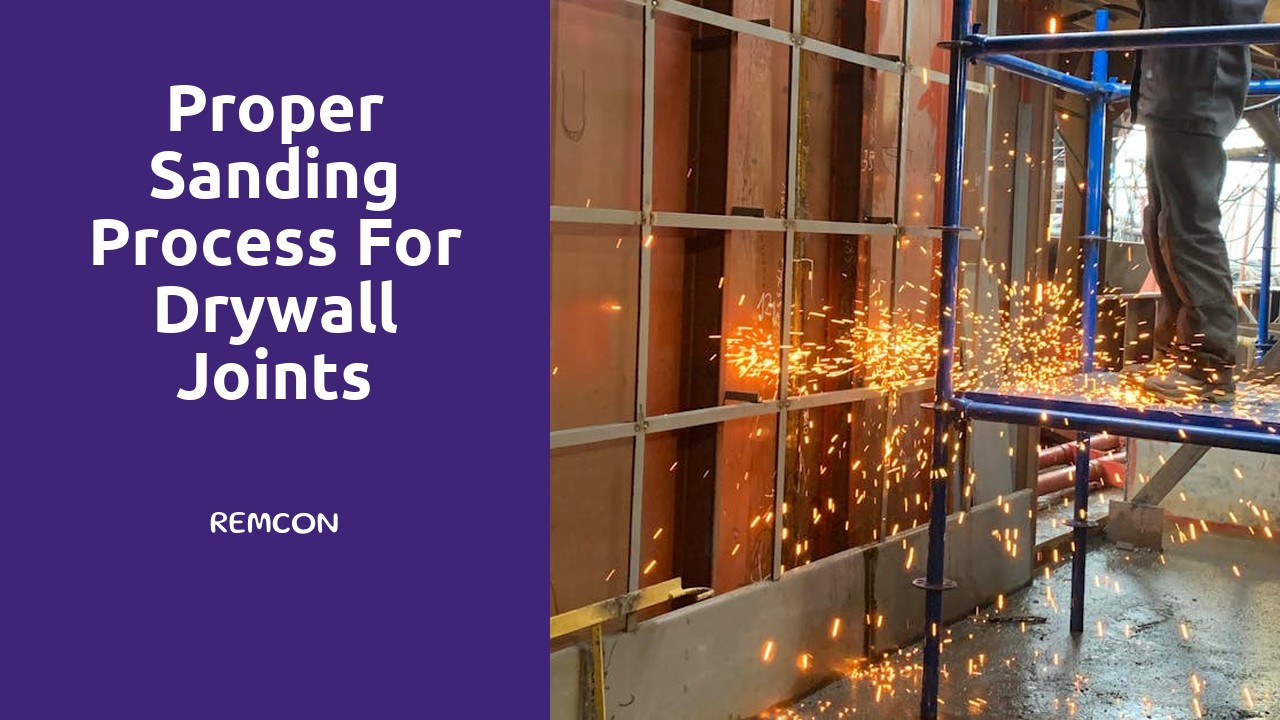
Table Of Contents
Inspecting the Sanded Area
After completing the sanding process during Drywall Installation in Owen Sound, it's crucial to thoroughly inspect the sanded area to ensure it meets the desired smoothness and quality. Running a hand over the sanded surface can help detect any imperfections or rough patches that may still remain. Additionally, using a bright light at a low angle can reveal any indentations or inconsistencies that might need further attention. Regularly checking the sanded area is essential to guarantee a flawless finish and proper adhesion of the primer and paint that will follow.
Another helpful way to inspect the sanded area is by stepping back and viewing it from a different angle. Sometimes imperfections or unevenness may not be immediately noticeable up close but become apparent from a distance. By conducting a comprehensive inspection using various techniques, you can ensure that the sanded surface is impeccably smooth and ready for the next steps in the drywall finishing process. Remember, attention to detail during inspection is paramount to achieving professional results that will enhance the overall appearance of the space.
Ensuring Consistent Smoothness
To achieve a seamless finish during the sanding process, it is crucial to maintain consistent smoothness throughout the drywall. Begin by using a sanding block or pole sander to even out the joints and seams in a uniform manner. Remember to work in a steady and consistent motion to avoid uneven patches or rough spots. Taking your time during this step is key to achieving a professional finish that is essential for a polished look in your Drywall Installation in Owen Sound.
After sanding down the joints and seams, use a dry cloth to wipe away any dust or debris that may have accumulated. Conduct a thorough visual inspection to identify any remaining imperfections or rough areas on the drywall surface. Address these spots promptly by gently sanding them down until they blend seamlessly with the rest of the wall. Consistency in smoothness not only enhances the aesthetic appeal of the drywall but also ensures a solid foundation for priming and painting in your Drywall Installation in Owen Sound.
Time for Priming and Painting
Once the sanding process is completed and the drywall joints are sanded to perfection, it is time for priming and painting. Proper priming is essential to create a smooth and uniform surface for painting. Apply a coat of primer evenly across the sanded drywall joints using a roller or brush. Let it dry completely before proceeding with painting to ensure a flawless finish. For optimum results, consider using a paint roller for a smooth and even application. When selecting paint colours, take into account the overall aesthetics of the space in which the Drywall Installation in Owen Sound is located. Choose colours that complement the room's decor and enhance its atmosphere.
Before painting, ensure that the primer has dried thoroughly. This allows the paint to adhere properly to the surface and helps prevent peeling or bubbling. Apply the paint using long, even strokes to achieve a consistent finish. For areas that require multiple coats, allow sufficient drying time between each coat. Once the painting process is complete, inspect the drywall joints for any imperfections or unevenness. Touch up as needed to achieve a professional and polished look. Proper priming and painting are crucial steps in the drywall finishing process and contribute to the overall appearance of the Drywall Installation in Owen Sound.
Sealing the Sanded Surface
After completing the sanding process during your Drywall Installation in Owen Sound, it is crucial to seal the sanded surface before moving on to priming and painting. Sealing the sanded surface helps to provide a uniform and smooth surface for the primer and paint to adhere to effectively. This step is essential in achieving a professional-looking finish for your drywall project.
To seal the sanded surface, apply a drywall primer using a high-quality paint roller. Make sure to coat the entire sanded area evenly to ensure proper coverage and adhesion. Let the primer dry completely according to the manufacturer's instructions before proceeding with painting. Properly sealing the sanded surface will not only enhance the aesthetic appeal of your drywall joints but also contribute to the longevity and durability of the painted finish.
Dealing with Difficult Areas
Drywall installation in Owen Sound may present various challenges when it comes to sanding difficult areas. In particular, corners and edges can be tricky to achieve a seamless finish. To tackle these areas effectively, it is crucial to use a fine-grit sanding sponge or sandpaper to carefully smooth out any uneven surfaces. Pay special attention to these spots to ensure they blend seamlessly with the rest of the wall.
Moreover, when dealing with difficult areas during the sanding process for drywall installation in Owen Sound, it is essential to be patient and methodical. Avoid applying excessive pressure, as this can result in over-sanding and potentially damage the drywall. Instead, use light, consistent strokes to gradually refine the surface until it reaches the desired level of smoothness. Remember, taking your time and using the right sanding tools are key to achieving professional results in even the most challenging areas.
Tips for Sanding Corners
When tackling corners during the sanding process for Drywall Installation in Owen Sound, it's essential to approach them with care and precision. Corners can be tricky to sand effectively, but with the right techniques, you can achieve a smooth and seamless finish. Start by using a fine-grit sandpaper and lightly sand the corner in a back-and-forth motion. Avoid applying too much pressure, as this can result in uneven surfaces and visible marks.
Once you have sanded the corner, use a damp cloth to wipe away any dust or debris. Inspect the corner carefully to ensure that it is smooth and free of imperfections. If you notice any rough patches or uneven areas, gently sand them again until the corner is uniform and ready for priming and painting. Remember to take your time and work methodically to achieve professional results in your Drywall Installation in Owen Sound.
FAQS
How important is proper sanding for drywall joints?
Proper sanding is crucial for achieving a smooth and professional finish on drywall joints. It helps to blend the joints seamlessly with the rest of the wall surface.
What should I inspect before priming and painting after sanding?
Before priming and painting, ensure that the sanded area is free of any rough patches, bumps, or visible seams. This will ensure a flawless final result.
How can I ensure consistent smoothness when sanding drywall joints?
To ensure consistent smoothness, sand in a consistent manner with even pressure. Use a sanding block or sanding screen to avoid creating uneven patches on the surface.
How do I deal with difficult areas while sanding drywall joints?
For difficult areas such as corners and edges, use a fine-grit sandpaper and sand in a circular motion to achieve a smooth finish. Be patient and take your time to avoid over-sanding.
Any tips for sanding corners effectively?
When sanding corners, use a sanding sponge or a piece of sandpaper folded into a crease to reach into tight corners. Work slowly and carefully to avoid damaging the surrounding drywall.
